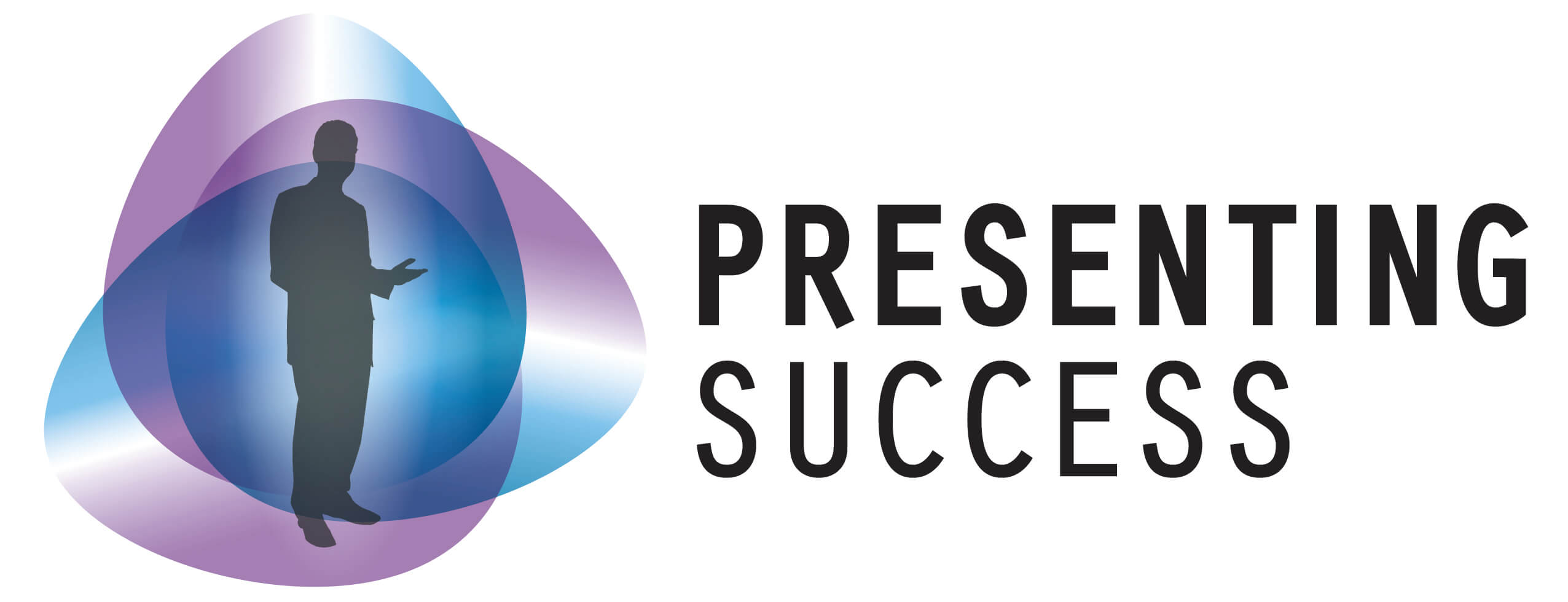First impressions "How should i open my presentation?" is a question we get asked often.…

Preparing for the Q and A
The Q & A period is the audience’s time to ask questions about your topic. It’s also their time to see how deeply you know your subject, or whether you’ve just learnt the words. It can be challenging for a speaker as the audience may ask whatever they wish. But you can still prepare for it by thinking of the questions that they might ask, and then deciding how you will answer them.
Audiences will typically ask two types of questions. There are questions that are requests for information or clarification and there are objections or challenges to you, your ideas about the topic or your proposition, if you’re looking to sell to them.
One of the best ways to prepare for the Q and A is to brainstorm all the possible questions you might get. It’s often easier to do this with someone who knows both your topic and your audience rather than by yourself. Don’t worry at this stage about how you’ll answer them. Just list the questions; as many as you can think of. And think about both the ‘requests for information’ your audience may have as well as the ‘challenges’ you could expect.
One option you have is to put the answers to some of these questions into the body of your presentation. So, for instance, if you know they’re going to ask about the cost, then address that in your presentation and make it a positive point.
When you’ve got your list of questions you can then start to think about the answers. The information/clarification questions are easily dealt with: it’s just giving people a deeper insight into your material, though beware of becoming boring, particularly if you are an expert in your topic.
Next is working on the challenges that you might get: to you; to your material; or to your conclusions. Some may simply be a difference of opinion, for example ‘I don’t agree with your conclusions’. Some may be more factual, for example an audience member asking why you’re not using more up-to-date information. See our blog on handling the difficult challenge for how to answer those difficult questions.
Sometimes, particularly if you’re pitching for business, you will need a majority, if not all, the audience to be on your side. So it’s important that you come across as knowledgeable and competent. And maybe equally importantly someone who they can work with. That doesn’t mean being a pushover. It does mean someone who’s respectful of differences and who can gracefully cope with, maybe, some rudeness on the part of an audience member: you will be judged on how well you deal with the awkward member of the team. So continue to be polite and firm in your responses.
When we coach pitch teams, we ask them in their preparation to think of the 10 worst questions they could get – the questions they don’t want! And then to work out the positive answer to each one. Then they agree as a team who will answer which question. This works well as it gives the team a sense of confidence in handling the awkward questions.
After the presentation make a note of the questions you were asked so that you can better prepare next time. Of course next time there will be different questions, but in this way you will be more prepared.



